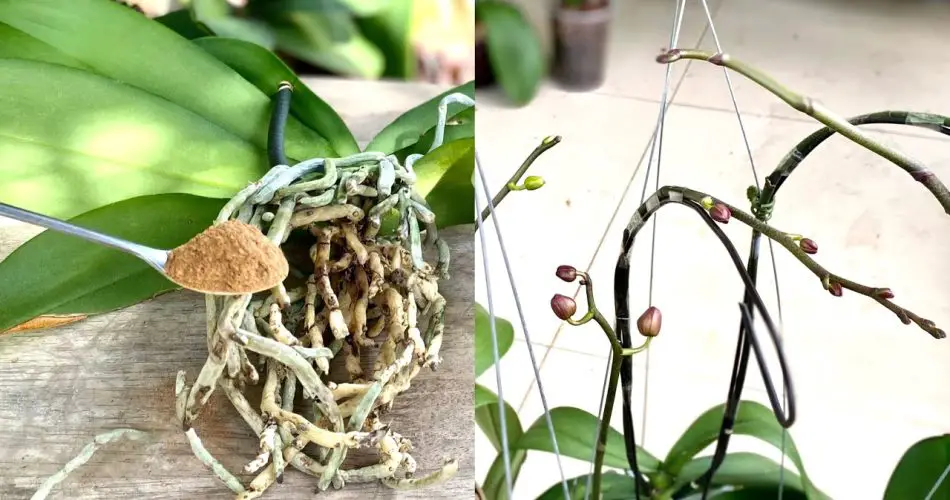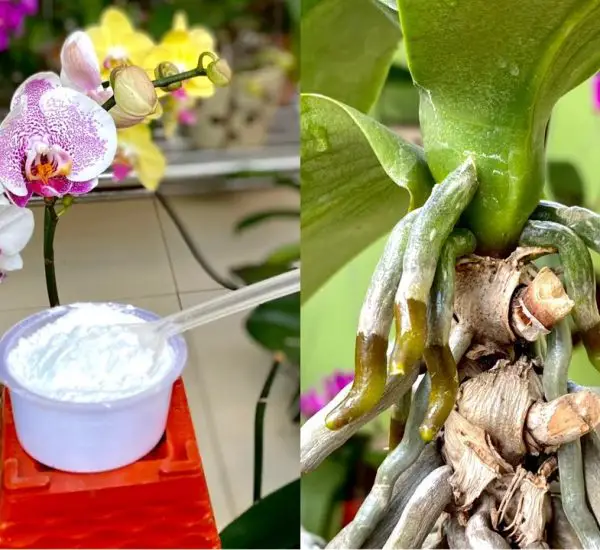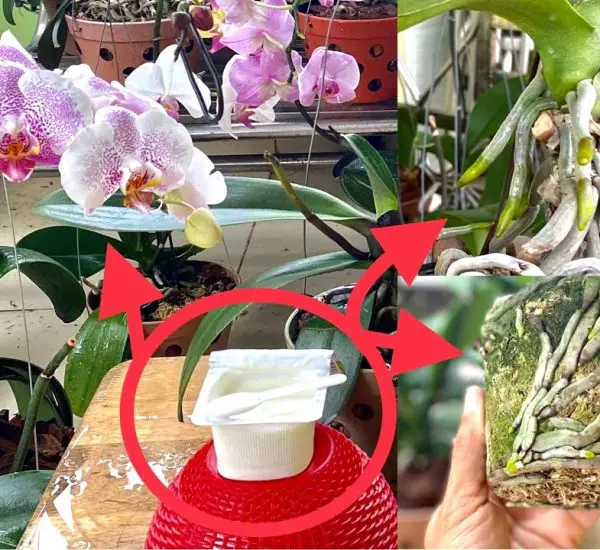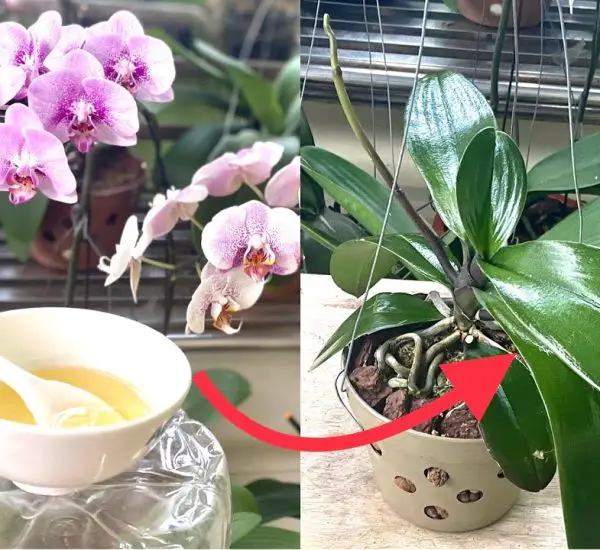1. Understanding the Impact of Repotting on Orchids
When repotting orchids, it’s crucial to recognize the potential challenges that may hinder their growth. Over time, as orchids undergo the repotting process, the leaves and aerial roots tend to flourish. However, a closer look beneath the surface reveals weaker pot-bound roots susceptible to fungal infections. Neglecting these issues could lead to underdeveloped plants with dried-out lower leaves, ultimately hindering the prospect of ever seeing those desired flower buds.
2. Harnessing the Power of Cinnamon for Orchid Health
A simple yet effective solution to counter the adverse effects of repotting is found in the antibacterial and antioxidant properties of cinnamon. By using dried cinnamon bark or readily available cinnamon powder, rich in essential nutrients such as Vitamin A, Calcium, Potassium, and more, orchids can be shielded from bacterial threats. The process involves creating a cinnamon paste, which is then applied to the core of the plant. This protective layer not only prevents fungal diseases but also preserves the overall health of the roots.
3. Implementing Proper Planting Techniques
To ensure the success of this method, a combination of well-draining potting medium and antibacterial pine bark is recommended. Planting the orchids in pots, surrounded by pine bark and a touch of cinnamon powder at the base, creates an environment conducive to their rapid recovery and growth. The key is to maintain evenly moist conditions, achieved by watering the pot and allowing it to sit for approximately 15 minutes. This process acts as a shield against harmful bacteria, providing the orchids with a protective barrier in their new planting environment.
4. Post-Repotting Care for Optimal Results
Once the orchids are securely planted, post-repotting care is essential for their sustained well-being. Removing dried leaves and applying a cinnamon powder layer on the pot surface further safeguards the plants from potential threats. The final step involves placing the pot in a well-lit, airy location, avoiding direct sunlight on the leaves. Additionally, incorporating organic substances like rice water or eggshell powder every two weeks ensures a steady supply of Potassium and Phosphorus in a natural form, fostering the development of fast-growing flower buds and abundant blooms.
By adhering to these straightforward steps and harnessing the natural properties of cinnamon, orchid enthusiasts can navigate the challenges of repotting with confidence. The result is not only the swift recovery of the plants but also the emergence of beautiful, vibrant flowers, enhancing the overall beauty of any orchid collection.



